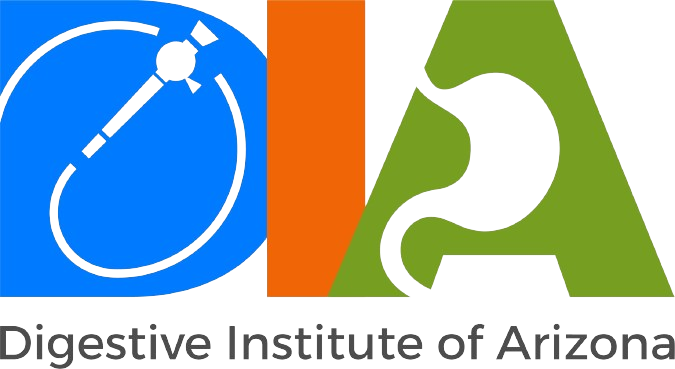Barrett’s Esophagus
- Home /
- Barrett’s Esophagus

Barrett’s Esophagus Treatment In Phoenix, AZ
Complete Barrett's Esophagus Treatment at Digestive Institute of Arizona
Barrett’s esophagus is a condition that occurs when chronic acid reflux (Gastroesophageal Reflux Disorder or GERD) erodes the lining of the lower esophagus, causing it to change into tissue similar to that found in the small intestine. Although not cancerous, Barrett’s esophagus increases one’s chances of getting esophageal cancer. At Digestive Institute of Arizona, our team of gastroenterologists provides complete care for patients with Barrett’s Esophagus in Arizona, starting from diagnosis and monitoring, all through advanced treatment choices.
Our goal is to give personal care and apply innovative procedures in gastroenterology for the purpose of helping people with this condition to get effective treatments to reduce complications. We focus on Barrett’s Esophagus symptoms to ensure accurate diagnosis and timely intervention. We have individualized Barrett’s Esophagus treatment plans for each patient based on medicine, endoscopic therapy, surgery, or lifestyle adjustments that they want and may improve their quality of life.



Understanding Barrett's Esophagus
Treatment Approach For Barrett's Esophagus
- Treatment of GERD: Management of symptoms associated with GERD is central to managing this condition. This may involve:
- Adjusting one’s way of life: Changes in diet, weight management, stopping smoking and drinking alcohol, and sleeping with your head elevated while resting can substantially decrease acid reflux.
- Medications: The Primary medication to reduce acid production in the stomach and help heal the esophageal lining is proton pump inhibitors (PPIs).
- Endoscopic Surveillance: Regular endoscopy helps track patients with Barrett's esophagus for changes occurring within esophageal cells. During an upper endoscopy, a thin, flexible camera tube is passed through your mouth to inspect the esophagus and stomach. Tissue samples (biopsies) collected during this procedure are used to evaluate dysplasia presence and grading, a precursor deviation from normal cell structures that indicate cancerous development.
- Endoscopic Ablation Techniques: Destroying the abnormal esophageal tissue in patients with severe (advanced precancerous changes) can be done using endoscopic ablation techniques. These are minimally invasive procedures that are performed during an upper endoscopy. Some of the commonest ones include:
- Radiofrequency ablation (RFA): RFA energy is used to warm up and destroy the abnormal tissue.
- Cryotherapy: Cells that are unusual in their growth patterns may be frozen and destroyed by extremely cold temperatures.
- Photodynamic therapy (PDT): First, a light-sensitive medication is applied to the esophagus, after which it is exposed to a special range of light, thus activating it to kill off the cells targeted.
- Surgery: Severe dysplasia or esophageal cancer sometimes requires surgery. The most common procedure involves the removal of the lower part of the esophagus, followed by reconnecting to the stomach inside or below the abdomen wall.
